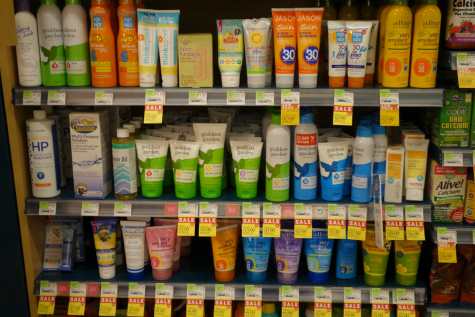

(We recommend using our main sunscreen pick if you’re going to be outside playing sports or swimming.) Yet water resistance can be helpful if you do wind up sweating or getting caught in the rain. Water resistance: Again, this is often less critical in a facial sunscreen.For example, glycerin is a common ingredient in moisturizers that we also identified in a couple of plain old sunscreens. But there’s no hard-and-fast difference between a sunscreen and a moisturizer with added sun protection. Our testers tended to find the moisturizers more hydrating (and differed on whether that was a good thing).
#Chemical sunscreen skin
Moisturizing: Although we primarily looked for a sunscreen that would protect skin from UV radiation, we considered several options that were advertised as moisturizers with SPF.Plus, the smaller bottles common to facial sunscreens are easier to keep in a bathroom cabinet or toss in a bag.


Facial sunscreens are formulated to be a little less oily, something that was borne out during testing and confirmed by our sources.
#Chemical sunscreen full
Protection against all sun rays: Look for the words “broad spectrum” on the label to confirm that a sunscreen covers the full UV range, providing protection against both UVB and UVA rays.For our research and tests, we excluded sunscreens with an SPF lower than 30, but we didn’t exclude sunscreens with a higher SPF. Higher-SPF formulas can be harder to rub in and can leave more of a white cast, while providing minimal additional protection. The right amount of SPF: SPF 30 shields skin from 97% of the sun’s UVB rays, and it’s what the American Academy of Dermatology advises as a minimum for daily wear.


 0 kommentar(er)
0 kommentar(er)
